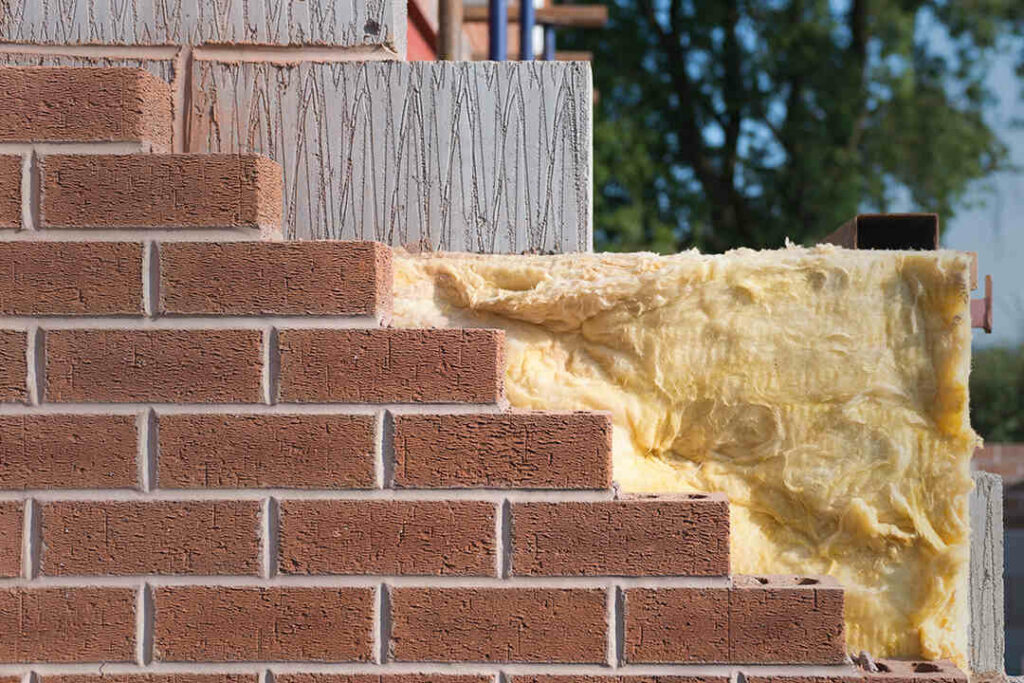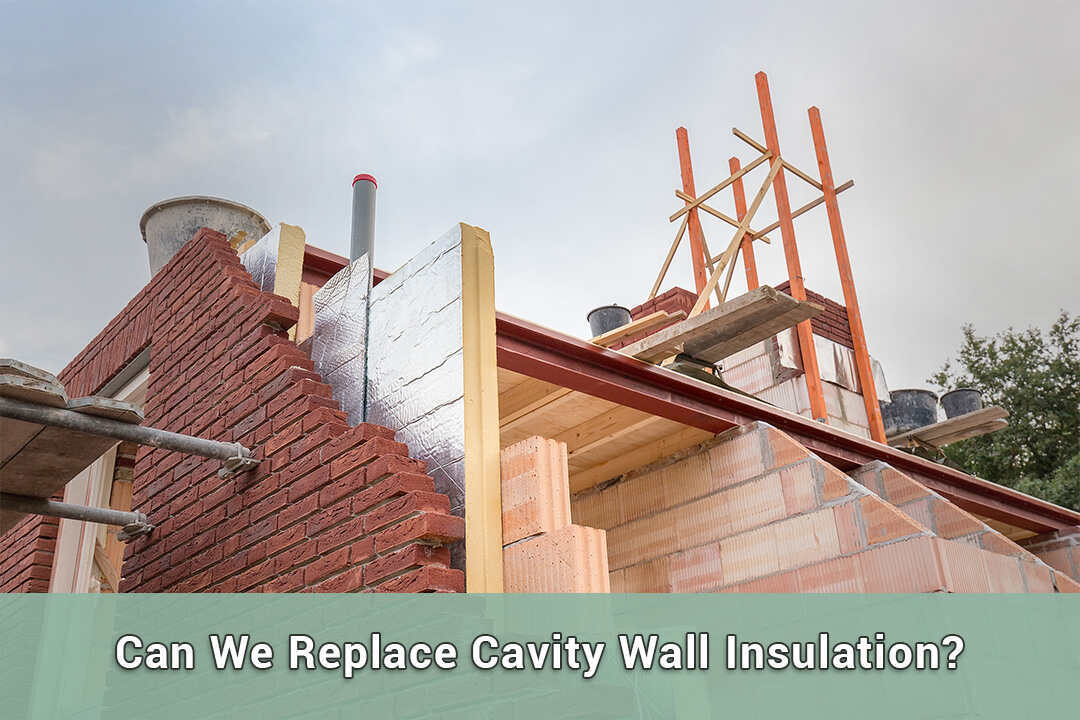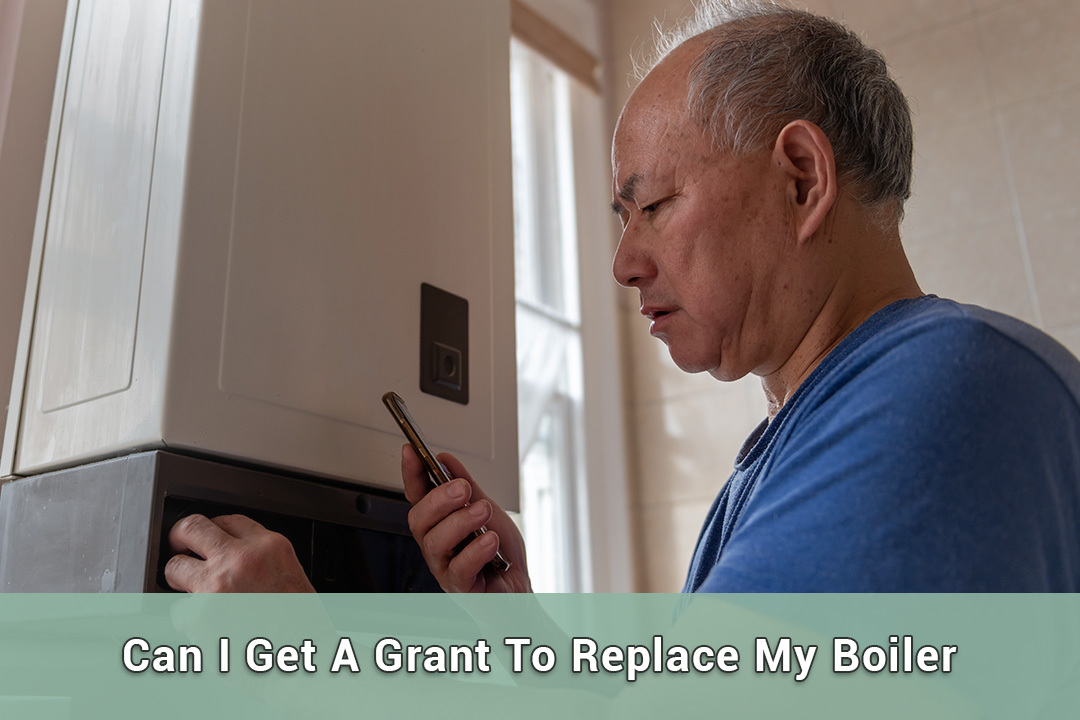Table of Contents
Most houses built after the 1920’s have cavity wall insulation. It is essential for heat retention in winter and warm prevention in summer. Cavity wall insulation is pretty much self-explanatory in the cavity between walls. The question here arises, can we replace cavity wall insulation? Also, how long does cavity wall insulation last? And so many more.
However, can you replace cavity wall insulation? Many homeowners need a simple answer to this common question because their wall insulation could be ineffective for various reasons. In general, the cavity wall insulation lasts as long as your home. There are some instances where the insulation. It starts becoming thick results in less efficiency and requires urgent replacement. may need replacement well before they were supposed to be replaced.
The durability depends on whether you use blown-in insulation to fill in a cavity wall that is already there or solid cavity wall insulation when you build a new house. You can keep track of the state of pre-installed cavity wall insulation by writing down the date it was put on.
What is Cavity Wall Insulation?
The process of adding insulating material to the space between exterior and interior walls is called cavity wall insulation. This keeps your home warm in the winter and cool in the summer by preventing heat from passing through the walls. Insulation materials usually include foam, plastic beads, and mineral wool.
When Can You Replace Cavity Wall Insulation
It’s possible that the first time your cavity wall insulation was put in, it needed to be done better, which could make it less durable and effective. Since the 1970s, there has been a big push for saving energy, and the government has given many grants to insulate open walls for free. In a rush to get as much money as possible before they ran out, some workers sped through their work, which hurt its quality and durability. Over time, the materials inside the space may move around or break down, affecting both damp issues and how well the heat is insulated.
How Long Insulation Materials for Cavity Walls

Mineral wool, expanding foam, and polystyrene beads are some of the things used to make cavity wall insulation.
Mineral wool insulation boards rarely have problems. These are now installed by default in all new builds, and it would take a lot of work to change or add to them.
These EPS beads rarely come out of the hole, but they can happen through vents and air bricks, for example. There are times when you might be able to replace the beads, but you would have to have lost a lot of them for that to work.
Because it shrinks over time, expanded foam insulation may not work as well after a while.
When Does Cavity Wall Insulation Need Replacing?
Insulation in cavity walls is usually made to last as long as the building does. But sometimes it might need to be charged up or replaced due to:
- Poor Installation: Insulation that sets or becomes uneven after being put in the wrong place can cause cold spots.
- Damage: Problems with the structure or water getting in may make the insulation less effective.
- Age: Older insulation materials may break down over time if they aren’t made to meet modern standards.
- Changes to the Build Structure: Renovations and additions may affect how well the current insulation covers and holds up.
Signs When You Need Cavity Wall Insulation
- Damp walls: If the inner walls look mouldy or wet, it could be a sign of wet or damaged insulation between them.
- Cold spots: If you feel uneven warmth or cold spots on the wall, it can be a symptom of broken or ineffective insulation.
- Higher energy bills: If you are continuously getting rising heating bills, it could mean that your insulation needs replacing.
- Drafts: If you feel strange air moving around your walls, it could mean that your insulation isn’t doing its job.
The Pros of Replacing Cavity Walls Insulation
- Changing or improving your cavity wall insulation can help you in a number of ways. You can replace cavity wall insulation to get the following perks
- Increasing energy savings by keeping in heat has other benefits too – it’s also good for lessening greenhouse gas emissions from fuel combustion because there’s reduced heat loss if we compare it with old houses.
- Use better insulators so that we use less electricity or gas to keep our spaces warm meaning that you’ll have to pay lower bills in terms of power consumption.
- Using good insulating material in walls or roofs results in even space temperature; therefore gives one an advantage because they feel at ease regardless of weather conditions.
- With a lesser use of energy in their homes, people enhance the chances of selling their homes and you too can benefit from that in making yours fetch more money.
The Process of Insulation Replacement
- Evaluation: Right now, a professional will look at your insulation to see if it is breaking down, cracking, or damaged.
- Removal: If needed, the old insulation will be taken away. During this process, the old material is taken out through small holes punched in the outside wall.
- Installation: Next, new insulation is shot into the hole with special tools. Once the holes are sealed, the job is done with the least amount of trouble.
- Inspection: Finally, the work is checked to make sure that the insulation is spread out evenly and the walls are properly sealed.
How to Choose the Right Expert

You shouldn’t try to replace the cavity wall insulation on your own. To make sure the job is done right, you need to hire a professional with the right skills. The tips below will help you pick the right contractor:
- Check Credentials: Make sure the person is qualified and knows how to insulate cavity walls.
- Get the best quotes: To be sure of getting a fair price, check quotes from several companies.
- Read Reviews: To find out how good their work is, read reviews and recommendations from past clients.
- Ask Questions: Don’t be afraid to ask about their methods, the products they use, and the guarantees they make.
Are You Eligible for a Free Insulation Grant?
If you are a homeowner or anybody who lives with the homeowner on the same property, you can install free cavity wall insulation now. You can be eligible for the ECO4 scheme or other grants to install free insulation on your property. Homeowners who are not claiming government benefits can still apply for the insulation grant under the GBIS scheme.
The Bottom Line
Here, we addressed the question ‘Can you replace cavity wall insulation’ by discussing how often it is needed. It is important to know the signs that we’ve covered when the replacement can be productive. Also, there are conditions when the cavity wall replacement becomes urgent that include poor installation, damaged insulation, wall insulation age and change of property structure. Remember that insulating your walls timely can subsequently reduce your energy bills and protect your home interior from deterioration over time.
FAQ's
Cavity wall insulation usually lasts the building’s lifespan. However, incorrect installation, damage, or material ageing might shorten its lifespan. Effectiveness may be maintained by regular inspections.
Damp walls, chilly patches, higher energy bills, and inexplicable drafts indicate broken insulation. whether you notice any of these difficulties, seek a professional examination to see whether the insulation needs replacement.
Mineral wool, polystyrene beads, and foam are common. Each material has merits, and an expert can assist you choose depending on climate, wall type, and budget.
Replacing cavity wall insulation is easiest and least disruptive. Professionals will drill tiny holes in external walls to remove old insulation and blow in fresh. Sealing the holes and cleaning up follows.
The size of your house, insulation type, and work intricacy affect the cost. Expect to spend £500–£1500 on average. To acquire a reasonable price, seek several quotations from qualified pros.






